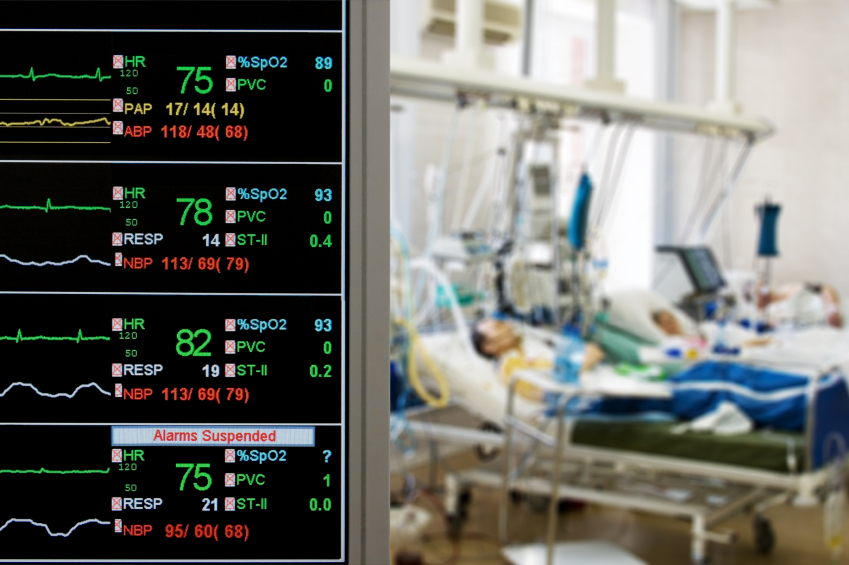sepsis changes lives. let’s change the story.
Clinical management, education, and research, empowering professionals with vital knowledge for early recognition, prompt treatment, and better outcomes.
resources for health professionals
A National Sepsis Data Plan – Strategic AnalysisReport
Sepsis Australia in partnership with the Australian Commission on Safety and Quality in Healthcare and…
Sepsis information for parents, carers and families of children who have died from sepsis – QLD Paediatric Program
For more information visit: Children’s Health Queensland
[UK] NICE Guidelines and Quality Standards
Recently published and updated sepsis guidelines for healthcare professionals:
APSA Position Statements
The Asia Pacific Sepsis Alliance is committed to promoting and ensuring the best evidence-based practice…
References:
- Finfer S, Bellomo R, Lipman J, French C, Dobb G, Myburgh J et al. Adult population incidence of severe sepsis in Australian and New Zealand Intensive Care Units. Intensive Care Med 2004;30:589-96.
- Martin GS, Mannino DM, Eaton S, Moss M. The Epidemiology of Sepsis in the United States from 1979 through 2000. New England J Med 2003;348:1546-1554.
- Kaukonen K, Bailey M, Suzuki S, Pilcher D, Bellomo R. Mortality related to severe sepsis and septic shock among critically ill patients in Australia and New Zealand, 2000-2012. JAMA 2014;311:1308-16.
- Dombrovskiy VY, Martin AA, Sunderram J, Paz HL. Rapid increase in hospitalization and mortality rates for severe sepsis in the United States: a trend analysis from 1993 to 2003. Crit Care Med 2007;35:1244-50.
- Liu V, Escobar GJ, Greene JD, Soule J, Whippy A, Angus DC et al. Hospital deaths in patients with sepsis from 2 independent cohorts. JAMA 2014;312:90-2.
- Kumar A, Roberts D, Wood KE, Light B, Parrillo JE, Sharma S et al. Duration of hypotension before initiation of effective antimicrobial therapy is the critical determinant of survival in human septic shock. Crit Care Med 2006;34:1589-96.
- Ferrer R, Artigas A, Levy MM, Blanco J, Gonzalez-Diaz G, Garnacho-Montero J et al. Improvement in Process of Care and Outcome After a Multicenter Severe Sepsis Educational Program in Spain. JAMA 2008;299:2294-303.
- Levy M, Dellinger RP, Townsend S, Linde-Zwirble WT, Marshall J, Bion J et al. The surviving Sepsis campaign: Results of an international guideline-based performance improvement program targeting severe sepsis. Crit Care Med. 2010;38:367-74
- Dellinger RP, Levy MM, Rhodes A, Annane D, Gerlach H, Opal SM et al. Surviving sepsis campaign: international guidelines for management of severe sepsis and septic shock, 2012. Intensive Care Med 2013;39:165-228.
- Rhodes A, Evans LE, Alhazzani W, et al. Surviving Sepsis Campaign: International Guidelines for Management of Sepsis and Septic Shock: 2016. Crit Care Med 2017;45:486-552.
make a difference and join us today in the fight against sepsis
Together, we can raise awareness, improve care, drive research and save lives.






